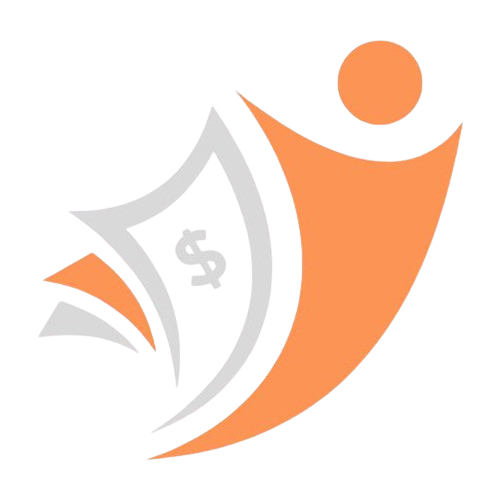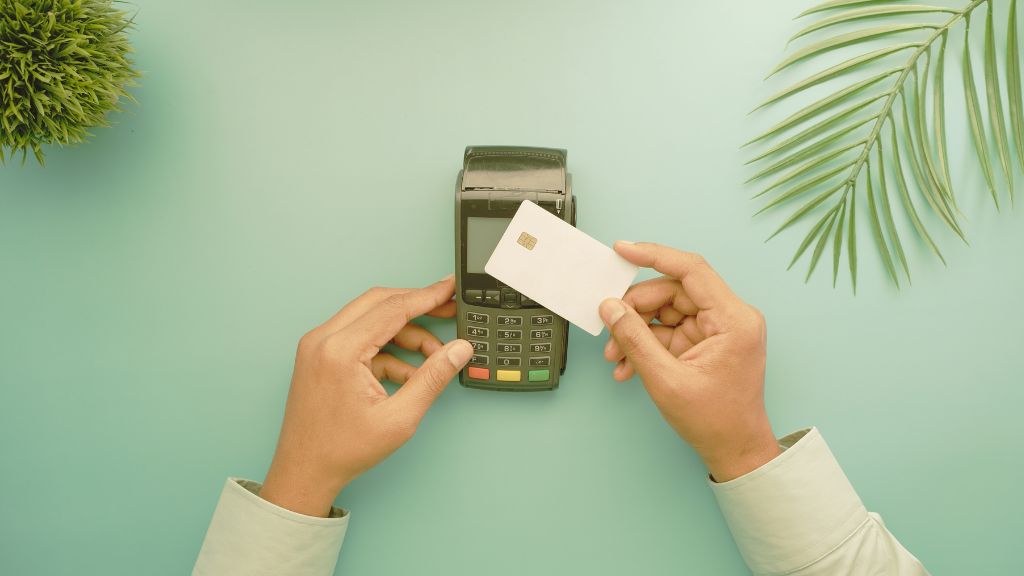In today’s world, we often use different types of cards to make purchases, pay bills, and even withdraw money. However, not everyone knows the differences between prepaid cards, debit cards, and credit cards. Understanding what’s the difference between a prepaid card and a debit or credit card is important for managing your finances wisely. While all three cards let you spend money, they function differently.
A prepaid card is loaded with a set amount of money in advance, a debit card is linked to your bank account, and a credit card lets you borrow money from a lender to pay later. Knowing the differences between these cards can help you make better decisions about which one to use, depending on your needs and financial habits.
What Is a Prepaid Card?
A prepaid card is a type of payment card that you load with money before using it. You can think of it as a “pay-as-you-go” card. With a prepaid card, you cannot spend more than what you have loaded onto the card, so there’s no risk of going into debt or overspending. It’s a good option for people who want to control their spending or for those who don’t have a bank account.
Prepaid cards can be used in most places where debit or credit cards are accepted, like in stores, online, or at ATMs to withdraw cash. Once the balance on the card runs out, you will need to reload it with more money to continue using it.
Also read: Why Do Project Managers Need To Understand Their Organization’s Mission And Strategy?
What Is a Debit Card?
A debit card is linked directly to your bank account. When you use it to make a purchase, the money is taken out of your account immediately. This means that you can only spend the money you actually have in your account. Debit cards are a convenient way to access your money without carrying cash around. They can be used for shopping, paying bills, or withdrawing money from ATMs.
Because the money is taken from your bank account, you don’t have to worry about paying interest like you do with credit cards. However, if you don’t have enough money in your account, the transaction will be declined, or you might face overdraft fees if your bank allows you to go into the negative balance.
What Is a Credit Card?
A credit card works differently from prepaid and debit cards. When you use a credit card, you are borrowing money from the card issuer (usually a bank or financial institution) to make purchases. Instead of spending your own money right away, you get a bill at the end of the month to pay back what you owe. If you pay the full amount by the due date, you won’t have to pay any interest. However, if you only pay part of the amount, the remaining balance will start to collect interest, which can be expensive over time.
Credit cards also come with a credit limit, which is the maximum amount you can borrow at any given time. Unlike a prepaid or debit card, you can spend more than what you have in your bank account, but you need to be responsible about paying it back.
What’s The Difference Between A Prepaid Card And A Debit Or Credit Card?
Now that we have a basic understanding of what each card is, let’s dive into the key differences between prepaid cards, debit cards, and credit cards. Each type of card has its own advantages and limitations, depending on how you want to use it.
1. Source of Funds
- Prepaid Card: You need to load the card with your own money before you can use it. Once the money is gone, the card will stop working until you reload it with more funds.
- Debit Card: The money comes directly from your bank account. When you make a purchase, it’s deducted from the balance in your account.
- Credit Card: You are borrowing money from the credit card company, and you have to pay it back later, either all at once or over time with interest.
2. Spending Limit
- Prepaid Card: You can only spend the amount of money that you’ve loaded onto the card. There’s no way to spend more than what’s on the card.
- Debit Card: You can spend as much as you have in your bank account, unless you have an overdraft protection that allows you to spend more, which may result in fees.
- Credit Card: You can spend up to your credit limit, which can sometimes be much higher than the amount of money you have in your bank account. However, you will need to repay the borrowed money.
3. Building Credit
- Prepaid Card: Using a prepaid card does not affect your credit score because you are not borrowing money. It’s just like using cash, so it won’t help you build a credit history.
- Debit Card: Like prepaid cards, debit card usage doesn’t affect your credit score. It’s directly tied to your bank account, and there’s no borrowing involved.
- Credit Card: Using a credit card responsibly (paying your bills on time, not maxing out your limit) can help you build a positive credit history, which is important for taking out loans or getting better interest rates in the future.
4. Interest and Fees
- Prepaid Card: There are no interest charges with prepaid cards since you’re using your own money. However, there may be fees for reloading the card, withdrawing cash, or inactivity.
- Debit Card: No interest is charged because you are not borrowing money, but some banks might charge overdraft fees or fees for using the card at certain ATMs.
- Credit Card: If you don’t pay your full balance by the due date, the remaining balance will start accruing interest, which can add up quickly. There may also be annual fees or late payment fees, depending on the card.
5. Risk of Debt
- Prepaid Card: There’s no risk of going into debt because you can only spend the money you’ve already loaded onto the card.
- Debit Card: You can only spend the money in your account, so there’s no risk of going into debt unless your bank offers overdraft protection, in which case you might owe money if you overspend.
- Credit Card: There’s a high risk of going into debt if you don’t pay off your credit card balance. Since you’re borrowing money, it’s easy to accumulate debt if you’re not careful about paying it back on time.
When to Use a Prepaid Card
Prepaid cards are great for people who want to control their spending. Since you can only use the amount of money that is already loaded onto the card, it’s a good way to stick to a budget. They are also useful for those who don’t have a bank account but still want the convenience of using a card for purchases or online shopping.
Parents might also use prepaid cards to give their children an allowance, allowing them to learn how to manage money without the risk of overspending.
When to Use a Debit Card
Debit cards are ideal for everyday purchases and transactions when you want the convenience of using a card but don’t want to deal with credit. Since the money comes directly from your bank account, you can only spend what you have. It’s a great way to avoid going into debt while still having access to your funds.
Debit cards are also useful for withdrawing money from ATMs and for paying bills directly from your bank account.
When to Use a Credit Card
Credit cards are useful for larger purchases or for times when you want to spread out payments over time. They also offer various rewards, such as cash back, travel points, or discounts, which can be beneficial if used wisely. Credit cards can help you build a strong credit history, which is important for getting loans or mortgages in the future.
However, it’s essential to be disciplined with credit card use to avoid falling into debt due to interest charges and late fees.
Also read: What is the Role of Education in Human Capital Formation
Conclusion
In summary, while prepaid, debit, and credit cards might look similar, they function in different ways. Prepaid cards require you to load money in advance, debit cards are linked directly to your bank account, and credit cards let you borrow money to pay back later.
Each type of card has its own advantages and limitations, so understanding these differences can help you make informed choices about which card to use in different situations.

